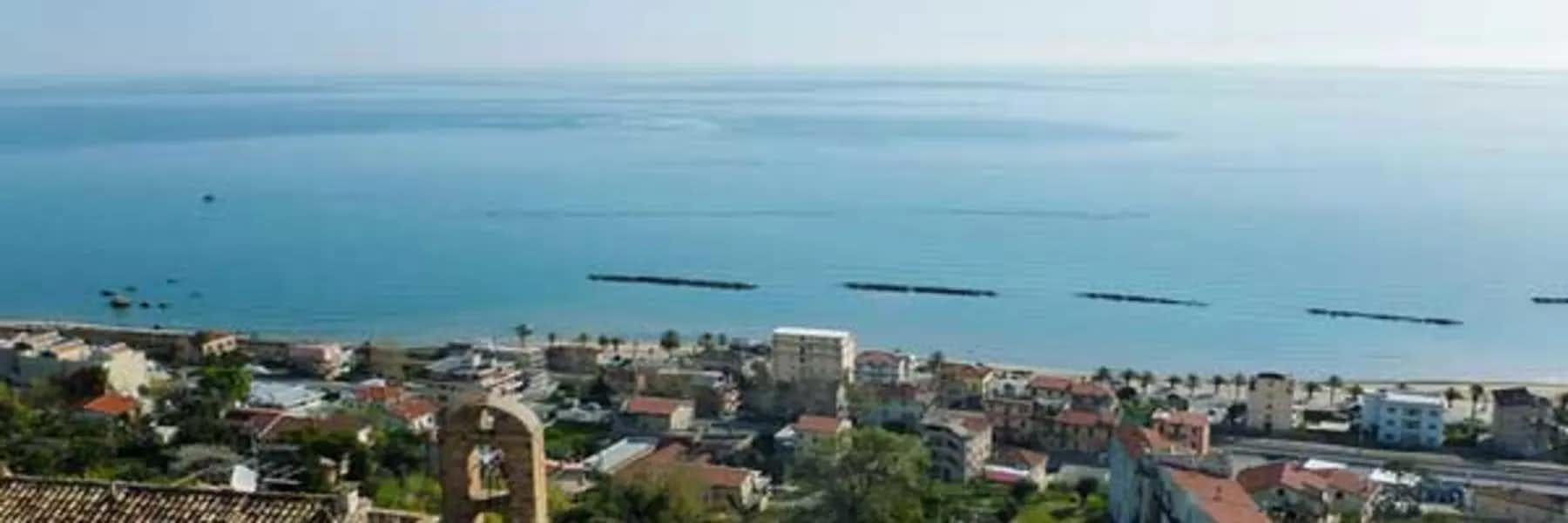Italy offers endless sights and historical attractions; I could list a hundred just in Rome alone. There’s so much to see no matter where you go. But part of the pleasure of “la dolce vita” is combining sightseeing, with unique only-in-Italy experiences. Here’s my 10 things to do, that take you beyond a list of sights, to truly living “Italian style” during your visit.
10. Soak in hot springs.
Italy is littered with the remains of ancient bath complexes and mosaic-covered pools…proving that the ancient Romans loved to lounge in hot water. Curative therapies and spas are actually part of the national healthcare system. You’ll find hot springs from the Alps down to the toe, but the most famous and abundant are on the island of Ischia and in Tuscany. Whether you want a natural rock pool or a spa facility with relaxation treatments, a soak in some hot springs to unwind after sightseeing is a great idea.
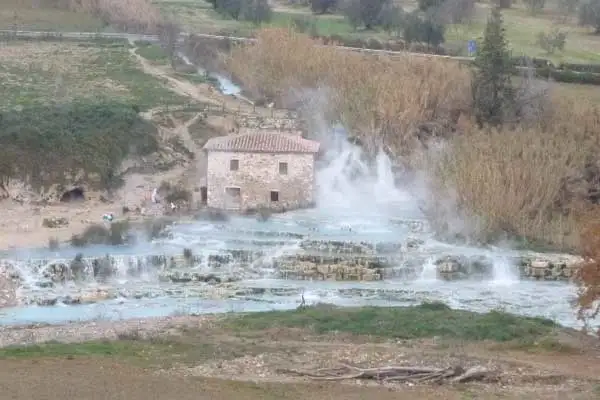
9. BYOB.
Italy is renowned for its wines, with each region having its own heritage vintage, so a wine tasting is definitely in order. You can schedule a full formal tasting, but a fun Italian tradition is called vino sfuso (literally “loose wine”); take a jug or bottle to the winery or wine shop that offers it and get your bottles filled up from the vats, for about €2 ($2.35) a liter. Not every winery offers sfuso but you can find some in every region.
8. Find a folk festival, or sagra.
A sagra is a down-home food festival dedicated to a particular delicacy, and it’s a fun experience. It’s often held in conjunction with a religious feast day, but the sagra is all about the food. You’ll eat well (and cheap), mix it up with the locals, and can hit the dance floor for a bit of free fun.

© Spritz77/iStock
7. Get off the beaten path.
I’m not saying you shouldn’t visit Rome, Florence, and Venice (you should) but get out and see some smaller cities or less-known regions as well. There are gorgeous landscapes and fascinating towns throughout Italy. You’ll be rewarded with a sense of discovery and lower prices than the main tourist spots. For example, Le Marche, Umbria, or towns in northern Lazio are less explored but no less interesting than well-known Tuscan towns, but aren’t nearly as crowded or pricey.
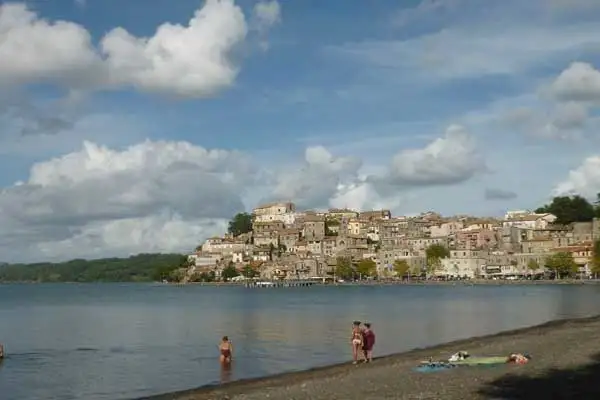
6. Drive a Ferrari.
Come on, admit it; you’ve fantasized about pushing the pedal of a red speed machine like a Ferrari, so why not indulge your fantasy for a 20-minute thrill ride. On the outskirts of Modena, where Ferraris are made, you can visit the legendary car maker’s museum and then get behind the wheel for an unforgettable rocket ride. There are several companies that will let you drive, either on the streets or a race track, from a 10-minute test drive, or up to two hours through the countryside. The area between Modena and Bologna is known as “Motor Valley” so if a Ferrari doesn’t do it for you, you’ll also find Lamborghini, Maserati, and Pagani all located here.
5. Catch an opera.
Italy is the birthplace of opera, along with its most famous composers, such as Verdi, Rossini, Puccini, and Vivaldi. There are sumptuous venues to take in an opera, including La Scala in Milan, La Fenice in Venice, and Teatro San Carlo in Naples, and you’ll also find some fabulous open-air operas. An evening at the Roman amphitheater in Verona, the ancient Baths of Caracalla in Rome, or the neo-classic style arena in Macerata, Le Marche would be an unforgettable experience.

© Olena_Znak/iStock
4. Stay in a castle or palazzo.
Italy’s long history means there are medieval castles and Renaissance palaces scattered all over. Many of them are now elegant hotels offering sumptuous stays, and a chance to surround yourself in history. You’ll find Tuscan castles, Palladian-style villas, and many other historic buildings where you can feel like you’re in a fairytale. Some are listed at Dimore Storiche Italiane (www.dimorestoricheitaliane.it).
3. Visit a UNESCO World Heritage Site or two.
The UN’s program of preserving sites of historic and cultural significance gives you a ready list of fascinating places to visit. Italy has 41 UNESCO sites—more than any other country—so you’ll find some no matter where you go in the peninsula. Assisi and the Amalfi Coast are two examples, but there’s also the royal palace of Caserta or the Etruscan necropolis of Cerveteri. You’ll find a list here (https://whc.unesco.org/en/statesparties/it).
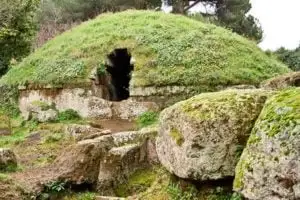
© MicheleAlfieri/iStock
2. Visit an Island.
There’s something about an island that makes you slow down, breathe deeply, and really relax, so I recommend getting off the mainland for a day. While you could easily spend your whole trip on Sicily or Sardinia, there are easily-accessible islands to visit for a day or two, as well. Try glittery Capri, less-known Ponza between Rome and Naples, or enchanting Elba, in the Tuscan archipelago.
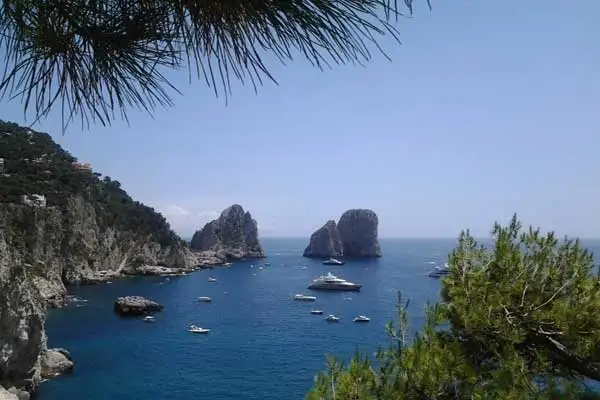
1. Eat like a local.
Italian cuisine is not just a highlight of any trip, it’s often the focal point. Each region has its own specialties; indeed, for many Italians “ethnic food” is something from another region rather than a foreign country. You’ll find excellent eateries anywhere you go—but if you really want to go local and eat like an Italian—then get a “home food” experience and dine with a family. They’ll prepare their area’s specialties and you’ll get the bonus of being part of the Italian famiglia (family) for an evening. You can find and book a home dining dinner at Le Cesarine (https://www.cesarine.it/en/) or Casa Mia Food and Wine Tours (https://www.italyfoodandwinetours.com/).
